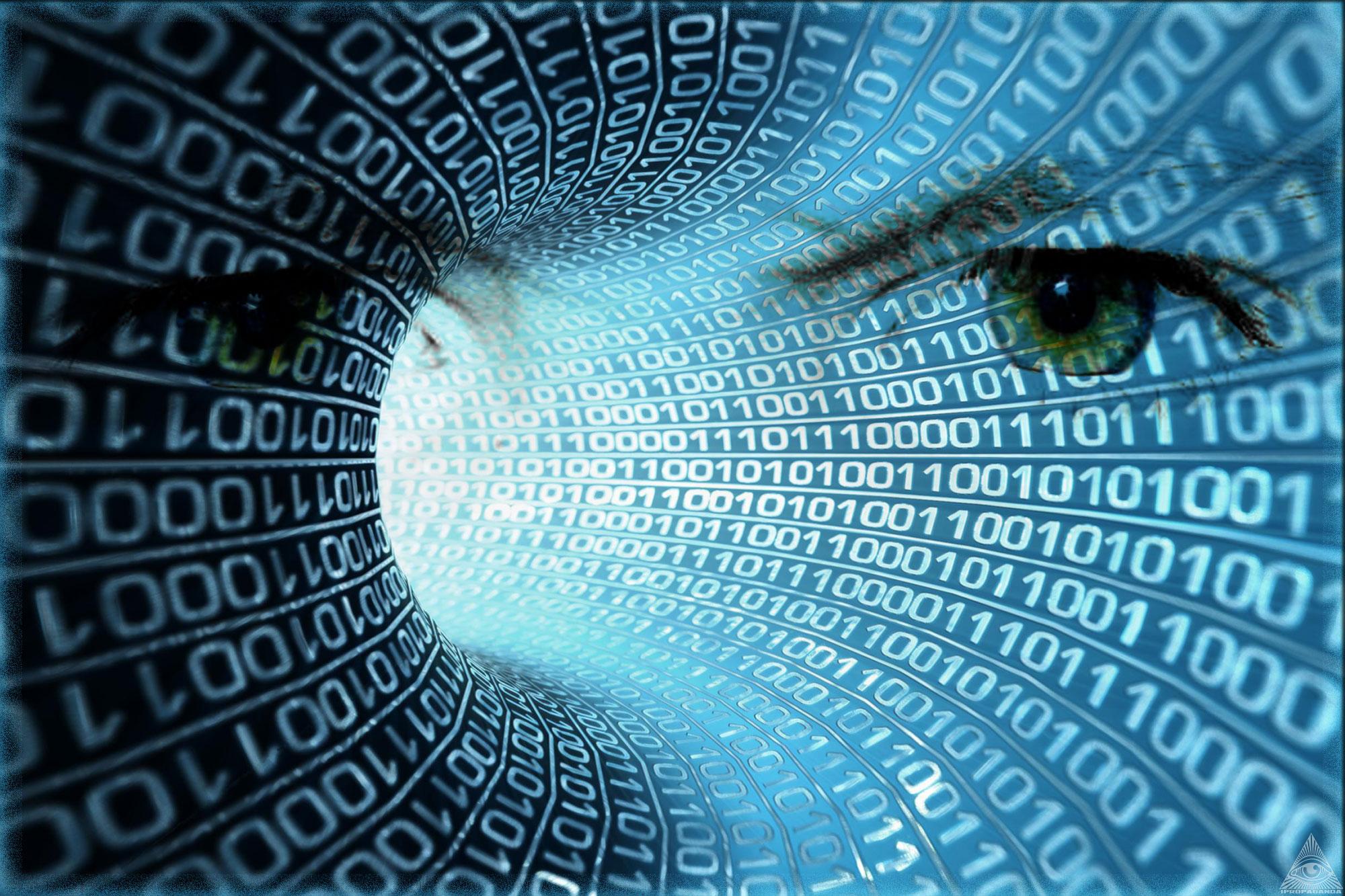
There once was a time when privacy actually used to mean something. Secrets stayed safe behind closed doors and browsing explicit content online was never a second thought. Today, privacy is just another word in the dictionary and prying eyes are all around us.
As much as we’d like to think that a computer screen is a physical veil that protects our true identity from the internet, there is now little expectation of privacy when surfing the world wide web. The web collects every tweet, every Instagram post, every Facebook update, every email, every Snapchat, every dating profile, every...well you get the picture. Each piece of newly created content is a snippet of everyday life that leaves a permanent digital footprint. Imagine all the information about yourself on the internet dating as far back as MySpace and Xanga.
But, what if you wanted to disconnect from your digital persona or rid the web of sordid information? Clearing the browser history and emptying the cache only slightly scrapes the surface clean. Those embarrassing photos, nude pics, and sexts are still living on someone else’s phone. Even if you don’t want to be found, surveillance technology doesn’t need your permission. One photo is enough to identify who you are, where you work, what you like, and even where you live.
Online Applications
Facebook’s DeepFace technology is closing the gap on face verification with 97.35 percent accuracy when identifying individuals in photos. Human accuracy is 98 percent. With 1.3 billion active Facebook users around the globe, that’s 1.3 billion digital biographies that are systematically being updated every second just by tagging a few photos whether you want to be identified or not. The DeepFace software compares two faces in unfamiliar photos and measures certain biometrics of the face such as under eye shadows, the bridge of the nose, and spacing between eyes. Face it. There’s nothing private about social media despite all the advanced settings. You will be found.
Two years ago, Apple was issued a patent for a system that uses facial recognition software to gain access to mobile and desktop devices. No more having your iPhone broken into by crafty toddlers. The software also enables phone activity to be prompted by facial expressions. Apple is also currently developing the patented software to unlock phones with selfies.
If selfies can unlock a phone, what else can they do? FacialNetwork.com developed NameTag, a new app that allows users to match a face to online records. Snap a quick photo of a stranger, let the app scan a vast database, and boom! The app matches the face to dating profiles, social media accounts, and even the Sex Offender Registry. But, what if you’ve signed up for lucrative sites such as Seeking Arrangement, Ashley Madison, or Online Booty Call? I’m sure you wouldn’t want to be found by employers or a potential significant other. The app’s creation has raised serious privacy matters and seems to be a lose-lose situation whether you are opt-in or opt-out.
“It’s not about invading anyone’s privacy; it’s about connecting people that want to be connected,” said Kevin Alan Tussy, NameTag’s creator.
Creative Technology
At the crux of fashionably fooling facial recognition software is hat designer and 3D printing alchemist, Heidi Lee. The self-proclaimed Mad Hatter's pieces have been praised by Harper's Bazaar and even Martha Stewart. Lee’s hats combine flawless futuristic 3D printed designs and facial recognition blocking software. Now, you can look good while deflecting prying digital eyes and facial scanning applications.
"It's all about the algorithms that go into it," said Jerry Castanos, founder of the Bronx-based 3D printing hub, 3D Heights. "You're only seeing the hat on the surface. It's like an airplane. You're seeing it from the outside but it's still a remarkable piece of technology. 3D printing is a tool and there's no limit as to what people can print."
The web collects every tweet, every Instagram post, every Facebook update, every email, every Snapchat, every dating profile, every...well you get the picture.

